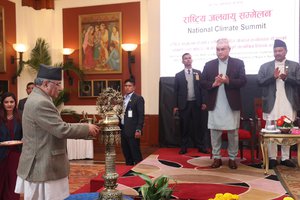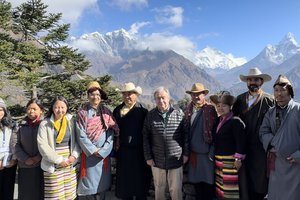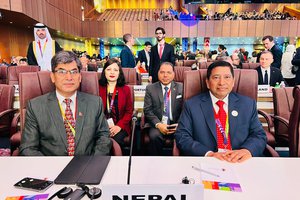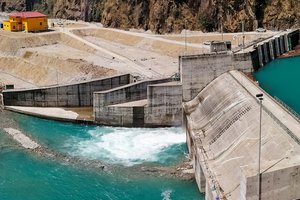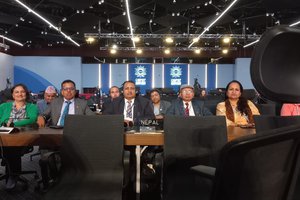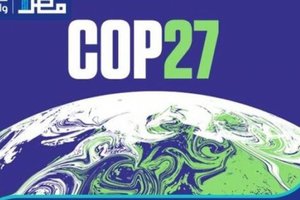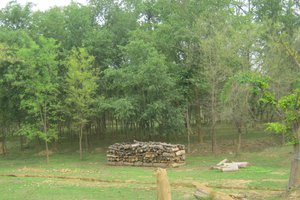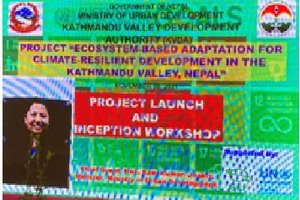Batu Uprety
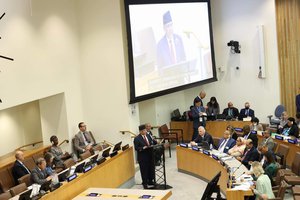
Undermining Climate Change in the 16th Plan Concept Note
Based on the preliminary content, the Plan will likely include existing scenario, major issues & challenges, transformational strategies, major interventions and five-year quantitative targets for specified themes, including SDGs and green economy.
By Batu Uprety Sep 27, 2023
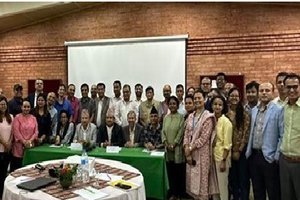
Prosperity Through Water Resources
Approximately two-thirds of the human body contains water - a critical life-sustaining resource. Water is used for drinking, irrigation or energy production, livestock and aquaculture production, and to improve sanitation and health. Some mining or manufacturing industries use water extensively to produce goods and services.
By Batu Uprety Aug 22, 2023
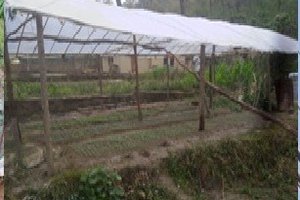
Revisiting The Flagship Adaptation Program
NCCSP2 has multi-pronged approaches in supporting the municipalities. As planned, it provides technical and financial supports to implement CCA interventions to help climate vulnerable communities build adaptive capacity and assist in making the infrastructures climate-resilient.
By Batu Uprety Jul 19, 2023
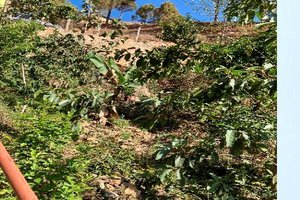
Decade-long Experience In Implementing The LAPAs
In 2008, the Government of Nepal (GoN) received US$ 0.2 million from Least Developed Country (LDC) Fund (each LDC received equal amount from LDCF) to prepare NAPA through UNDP - the GEF Implementing Agency (IA). GoN requested UNDP to function as the GEF IA for this Project.
By Batu Uprety May 20, 2023
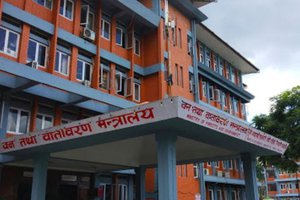
EIA: Simply Paper Approval
Over two and half-decades of legal clearance to implement projects, requiring approval of Initial Environment Examination (IEE) or EIA informs complexities created in Nepal from this widely used tool to make the development sustainable and environment-friendly.
By Batu Uprety Apr 13, 2023
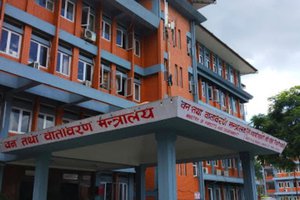
Urgency For Institutionalizing Environmental Monitoring And Auditing
Environmental monitoring is an integral part of an EA report. At least, compliance and impact monitoring are carried out to evaluate the degree of implementation of measures (compliance) and their effectiveness (impact).
By Batu Uprety Jul 30, 2022
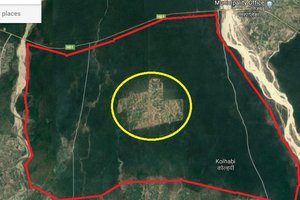
Finding Alternative: A Legal Gift To Nepali People
Based on national and international practices, and Nepal's Environment Protection Act (EPA, 2019) and the Environment Protection Rules (EPR 2020), including the repealed EPA (1996) and EPR (1997), alternative analysis is the 'core element' of any level of environmental assessment - Initial Environmental Examination (IEE) and Environmental Impact Assessment (EIA) in Nepalese context.
By Batu Uprety Jun 04, 2022
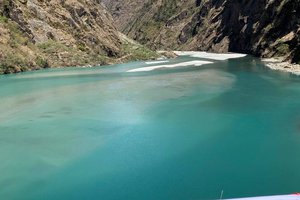
Building Water Leadership
This government-led Programme will strengthen leadership and collaboration in water resources management (WRM) and WASH governance, generate evidence, norms and standards for inclusive and climate-resilient water and sanitation policies and strategies, and support to identify and address systemic and financial constraints to improve WRM and WASH services.
By Batu Uprety Apr 20, 2022
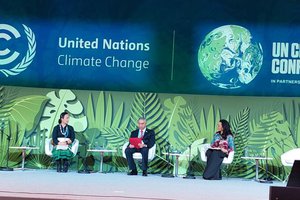
Nepal In CoP26: Commitments And Funding
Nepal drew the attention of the international community on climate change impacts in the Himalayas in 2009 by organizing a cabinet meeting at Kalapatthar (with Everest Declaration), a demonstration including mountaineers in Copenhagen, and a conference on 'Kathmandu to Copenhagen' to develop a common voice of the South Asian countries for CoP 15, including a 'gift' of 'Kalapatthar, black stone) to the then US President in New York.
By Batu Uprety Nov 11, 2021
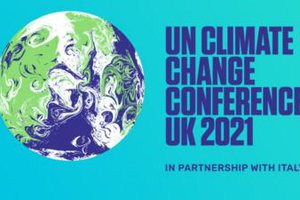
CoP26: Turning Point For GHGs Emissions Reduction
Nepal’s participation in climate change negotiations dates to three decades. Nepal attended 1st to 25thCoPsat different levels. CoP 15 and CoP 24 held at Copenhagen and Katowice were attended at the level of Heads of Government and State respectively.
By Batu Uprety Oct 11, 2021
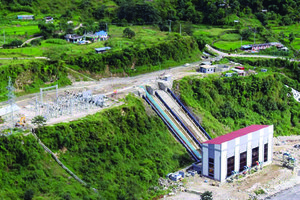
Environmental Assessment: Untold Realities
Enforcement of the Environment Protection Act (EPA) and Environment Protection Rules (EPR) in June 1997 obliged the proponents to prepare and get approval of IEE or EIA reports before project implementation ofall prescribed projects.
By Batu Uprety Sep 21, 2021
Latest Updates
- Tik Talker Rama Basnet released on bail of Rs 30,000
- 4 days, 10 hours ago
- PM Oli Urges Evey to Make Yoga a Daily Life
- 1 week, 2 days ago
- Neal’s First Flyover Construction Completed
- 1 week, 3 days ago
- Court Orders Two Important Order in Favor of Press Freedom
- 1 week, 4 days ago
- Ministry of Foreign Affairs issued A Travel Advisory for the Middle East
- 1 week, 4 days ago
- Government Has Started The Implemenation of Resolution of Sagarmatha Sambad: Minister Shahi
- 1 week, 5 days ago
- Journalist Pathak files writ petition in High Court against arrest warrant
- 2 weeks ago
- Parliament was run in a tyrannical manner: Gyanendra Shahi
- 2 weeks, 1 day ago
- Nagrik-Arju Dispute: She Says - 'I Spoke With Shobha Gyawali, I Am Surprised To See Reaction That I threatened'
- 2 weeks, 3 days ago
- Durga Prasai remanded in custody, 32 released on bail in
- 2 weeks, 3 days ago
